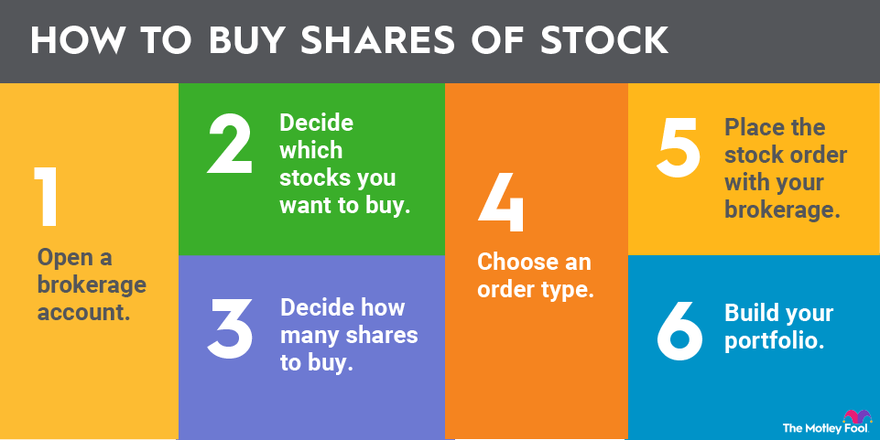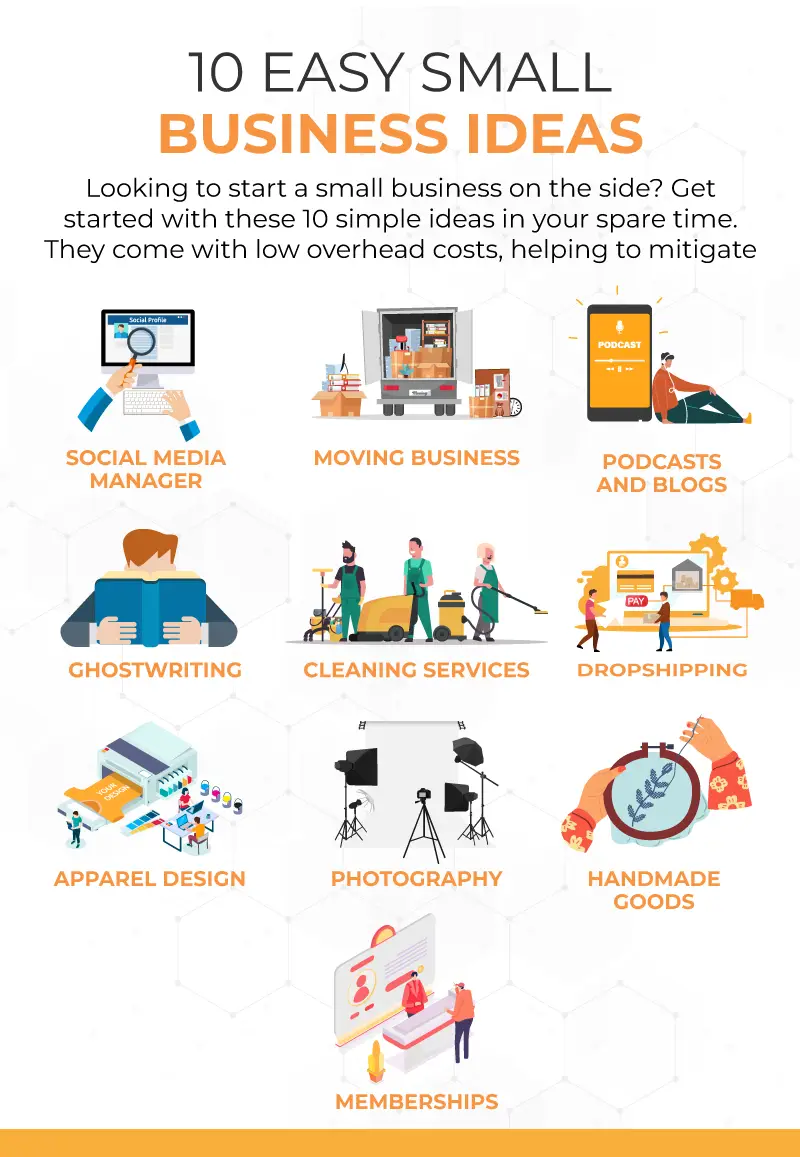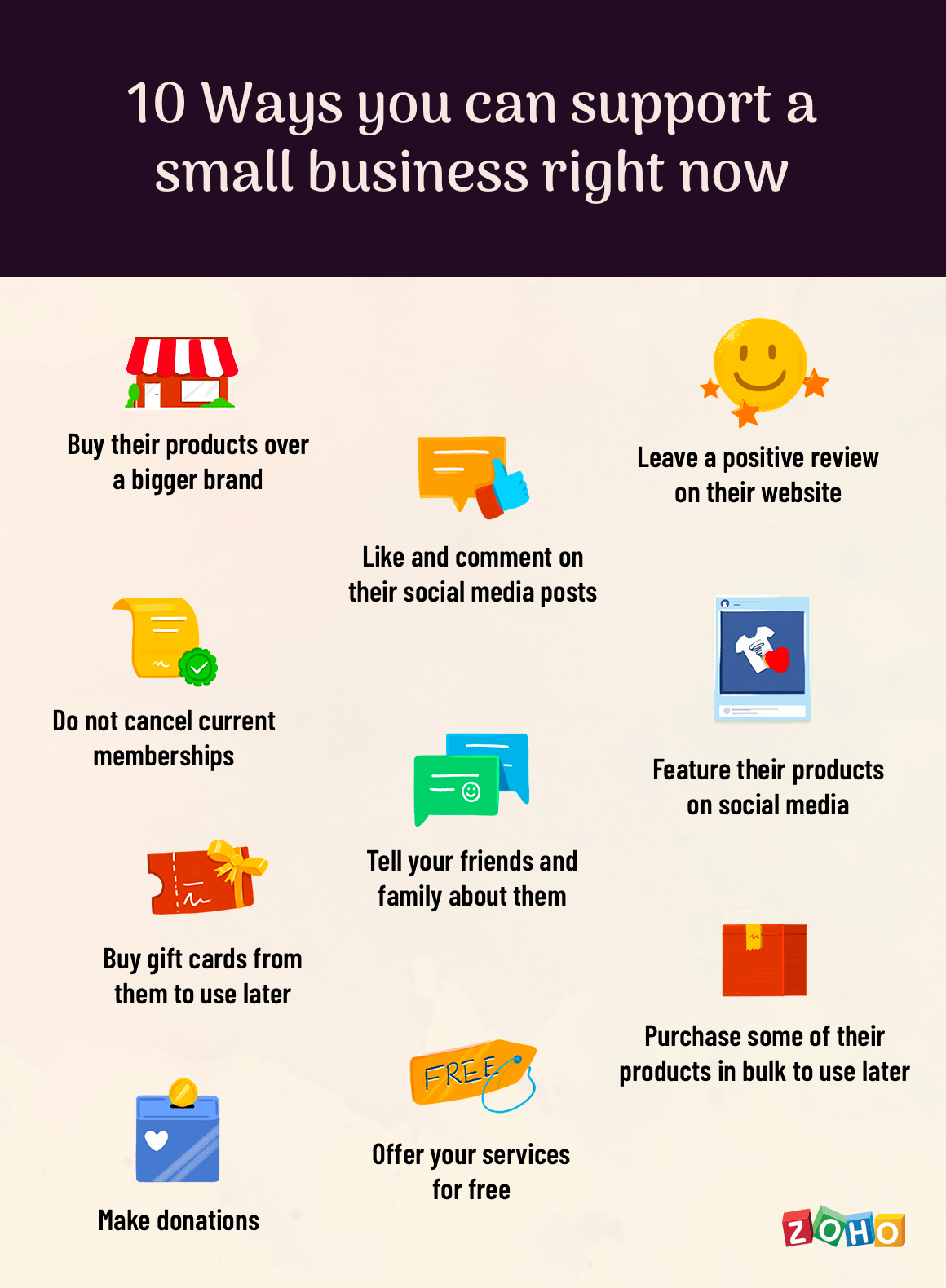How To Buy A Business Without Being Had

The allure of owning a business is strong, promising independence and financial reward. However, the path to acquisition is fraught with peril. Many aspiring entrepreneurs fall victim to misleading valuations, hidden liabilities, and outright fraud, transforming their dreams into financial nightmares.
This article serves as a guide to navigate the complexities of buying a business safely. It will equip prospective buyers with the knowledge and tools necessary to conduct thorough due diligence, accurately assess value, and secure a fair deal, minimizing the risk of being "had" in the process.
The Due Diligence Deep Dive
Due diligence is more than a formality; it's the bedrock of a sound acquisition. It's a comprehensive investigation into the target company's financial health, legal standing, and operational efficiency.
Start with the financials. Obtain at least three years of audited financial statements. Analyze revenue trends, profit margins, and cash flow patterns.
According to the Small Business Administration (SBA), verifying the accuracy of financial information is crucial. Look for red flags like inconsistent accounting practices, unexplained revenue spikes, or excessive debt.
Legal Scrutiny
Engage a qualified attorney to review all relevant legal documents. This includes contracts, leases, intellectual property rights, and any pending litigation.
Unresolved legal issues can quickly drain resources and jeopardize the entire operation. A thorough legal review uncovers potential risks and liabilities, according to the American Bar Association (ABA).
Operational Assessment
Don't just look at the numbers; understand how the business actually works. Evaluate the efficiency of its processes, the quality of its customer relationships, and the strength of its management team.
Talk to employees, customers, and suppliers. Understand their perspective on the business and identify any potential weaknesses. This type of qualitative assessment is essential, as stated in reports published by Harvard Business Review.
Valuation: Separating Fact from Fiction
Determining the fair market value of a business is a critical step. Beware of sellers who inflate their asking price based on unrealistic projections or inflated assets.
There are several common valuation methods, including discounted cash flow analysis, asset-based valuation, and market multiples.
The Institute of Business Appraisers (IBA) recommends using multiple methods to arrive at a reasonable valuation range. Don't rely solely on the seller's assessment; engage an independent appraiser to provide an objective opinion.
Important: Consider the business's intangible assets, such as brand reputation, customer loyalty, and intellectual property. These assets can significantly impact its value, but they can also be difficult to quantify accurately.
Negotiating the Deal
Negotiation is an art, not a battle. Approach the process with a clear understanding of your own needs and limitations.
Be prepared to walk away if the terms are unfavorable. A bad deal is worse than no deal. This statement is echoed by experienced mergers and acquisitions advisors.
Include contingencies in the purchase agreement. This protects you in case unexpected issues arise after the sale. For example, you might include a clause that allows you to adjust the purchase price if the seller's representations prove to be inaccurate. Such a measure is recognized as a 'material adverse change' (MAC) clause in M&A law.
"Always get everything in writing," advises Jane Smith, a business broker with 20 years of experience. "Verbal agreements are worthless in the event of a dispute."
Red Flags to Watch Out For
Certain warning signs should raise immediate concern. These include sellers who are evasive, unwilling to provide documentation, or overly aggressive in their sales tactics.
Be wary of businesses with high employee turnover, declining sales, or excessive debt. These issues could indicate underlying problems that are not immediately apparent. The Federal Trade Commission (FTC) warns against unrealistic guarantees or promises of future profits.
If something feels off, trust your instincts. It's better to err on the side of caution than to invest in a failing business.
Looking Ahead: Post-Acquisition Integration
The acquisition is just the beginning. Successfully integrating the new business into your existing operations is crucial for long-term success.
Develop a detailed integration plan that addresses key areas such as finance, operations, and human resources. Communicate clearly with employees and customers to ensure a smooth transition.
The purchase of a business is a significant investment. By conducting thorough due diligence, accurately assessing value, and negotiating carefully, you can minimize the risk of being taken advantage of and increase your chances of building a thriving enterprise.









![How To Buy A Business Without Being Had The 10-step business buying process [infographic]](https://blog.jpabusiness.com.au/hubfs/Downloadable_Documents/Infographics/Business Buying Funnel 2.png)








